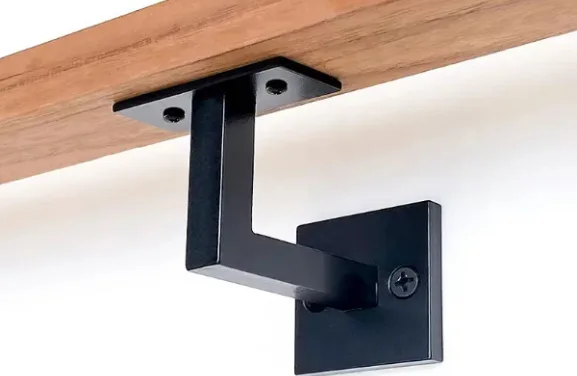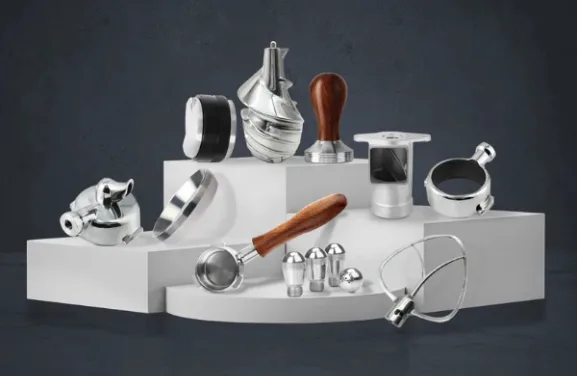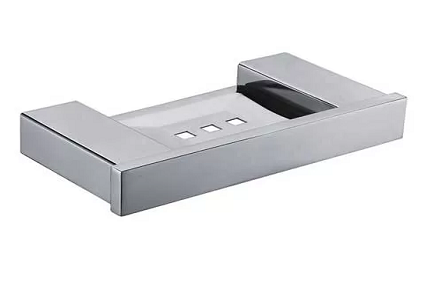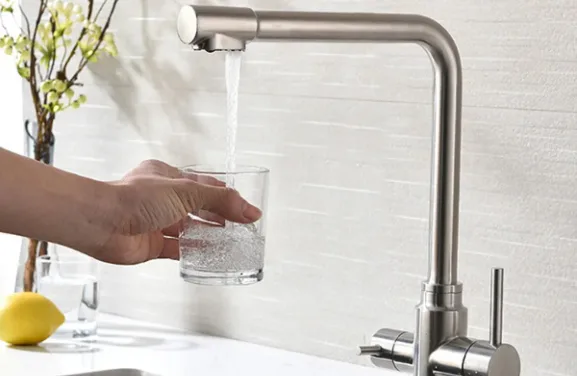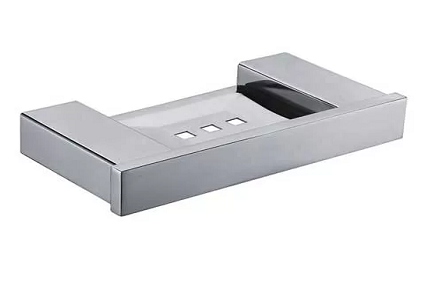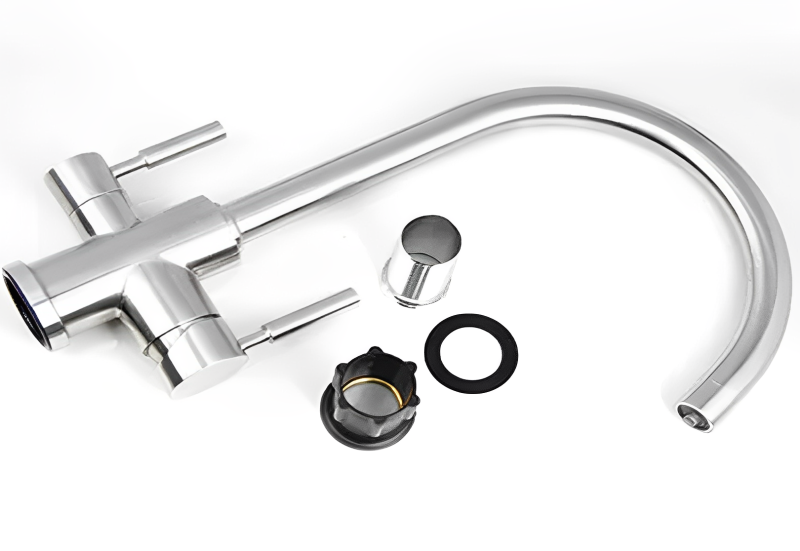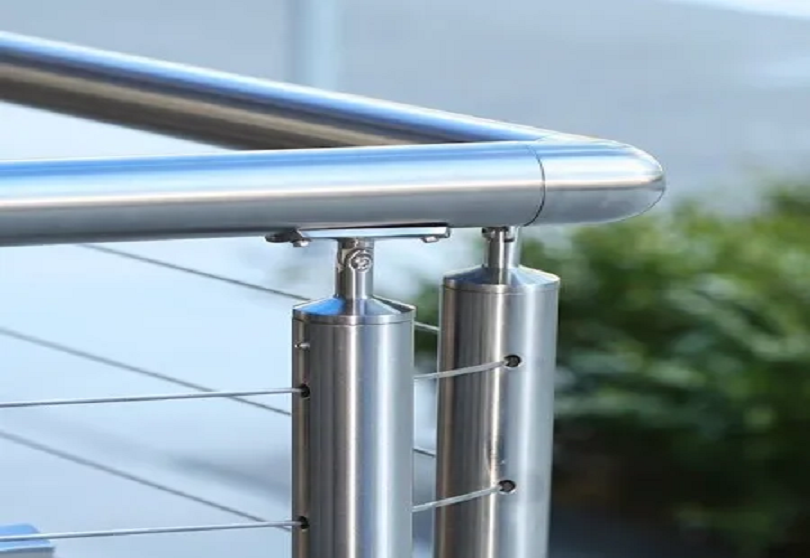In the world of architecture and construction, certain elements capture the spotlight—sleek glass facades, innovative materials, and bold structural forms. Yet, it is often the smallest, most meticulously engineered components that form the backbone of a building's safety, durability, and aesthetic coherence. Among these, the stainless steel handrail connector stands out as a true unsung hero. This seemingly minor part plays a critical role in ensuring that handrail and guardrail systems are not only secure and long-lasting but also visually seamless.
The Role and Critical Importance
A handrail connector, also known as a handrail fitting or joint, is the component that links individual sections of a handrail together. It is also used to create clean angles, transitions, and connections to posts or walls. While a handrail might appear to be a single, continuous piece, it is often assembled from multiple lengths, and the connectors are what make this assembly possible and robust.
The choice of stainless steel for these connectors is not arbitrary; it is a deliberate decision driven by a combination of demanding requirements:
Structural Integrity and Safety: The primary function of any handrail is to provide support and prevent falls. Connectors are critical load-bearing points. Stainless steel's high tensile strength ensures that these joints can withstand significant pressure, impact, and constant use without failing, thereby upholding the entire system's safety.
Corrosion Resistance: Handrails, especially those in public spaces, hospitals, coastal areas, or food processing plants, are exposed to moisture, chemicals, and corrosive agents. Stainless steel, particularly grades 304 and the even more resilient 316 (marine grade), contains chromium, which forms a passive oxide layer that protects it from rust and staining. This guarantees long-term reliability and minimizes maintenance.
Hygiene and Cleanliness: The non-porous, smooth surface of stainless steel makes it exceptionally easy to clean and sterilize. This is a non-negotiable feature in healthcare facilities, laboratories, and kitchens where preventing bacterial growth is paramount.
Aesthetic Versatility: Beyond pure function, stainless steel connectors offer a clean, modern, and professional appearance. They can be polished to a mirror finish, given a brushed (satin) finish for a subtle look, or even powder-coated for color matching. Well-designed connectors create almost invisible joints, contributing to a sleek, continuous flow of the handrail.
Types of Stainless Steel Handrail Connectors
The market offers a variety of connectors to suit different design and structural needs:
Straight Connectors: Used to join two handrail sections in a straight line. They are often internal sleeves that are fixed inside the handrail profiles and secured with screws or adhesive, creating a nearly seamless joint.
Angle Connectors (e.g., 90°, 45°): These allow for changes in direction. They are crucial for navigating corners in staircases, landings, and balconies while maintaining a consistent and professional look.
Wall and Post Mount Connectors: These specialized fittings are engineered to create a secure and flush connection between the end of a handrail and a wall surface or a vertical post. They are designed to handle the unique stress concentrations at these termination points.
Custom Fabricated Connectors: For complex or unique architectural designs, connectors can be custom-fabricated to meet specific angles and load requirements, showcasing the material's adaptability.
The Hallmark of Quality: More Than Just the Material
Specifying a stainless steel connector is the first step; ensuring its quality is the next. A superior connector features:
Precision Engineering: Tight tolerances ensure a perfect fit with the handrail profile, eliminating wobble and play.
Robust Fastening System: High-quality set screws, often with corrosion-resistant coatings themselves, are essential for a secure, long-lasting hold.
Seamless Integration: The best connectors are designed to be discreet, preserving the handrail's clean lines without unsightly gaps or bulky hardware.
Conclusion
The stainless steel handrail connector is a perfect example of how intelligent engineering in small details leads to outstanding results in the bigger picture. It is a component where strength, corrosion resistance, hygiene, and aesthetics converge. By ensuring seamless connections, it not only guarantees the structural safety of a handrail system but also elevates its visual appeal, proving that true quality in design and construction lies in mastering the details. When you next lean on a sturdy, gleaming handrail, remember the critical, high-performance components like the stainless steel connector that make such reliable elegance possible.













